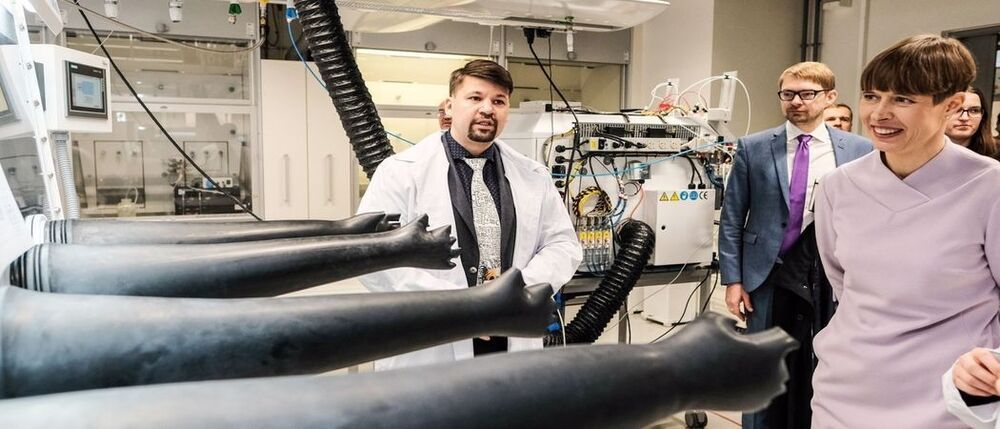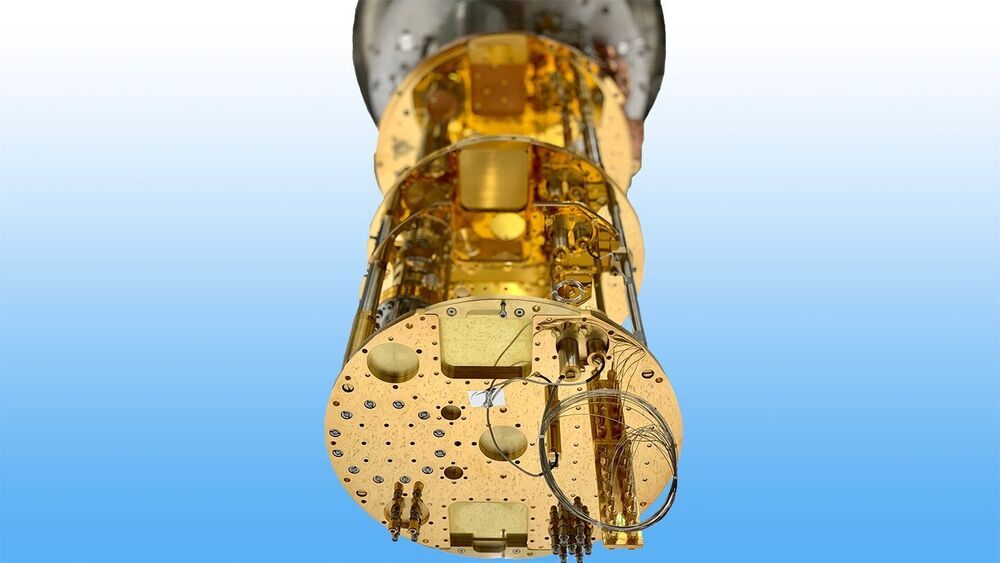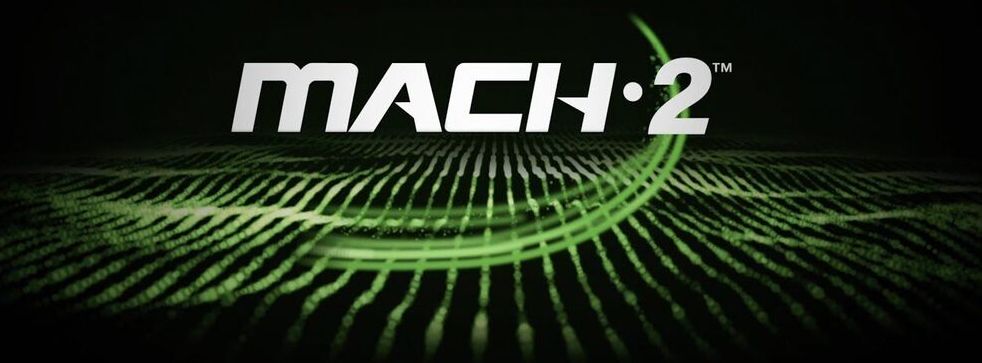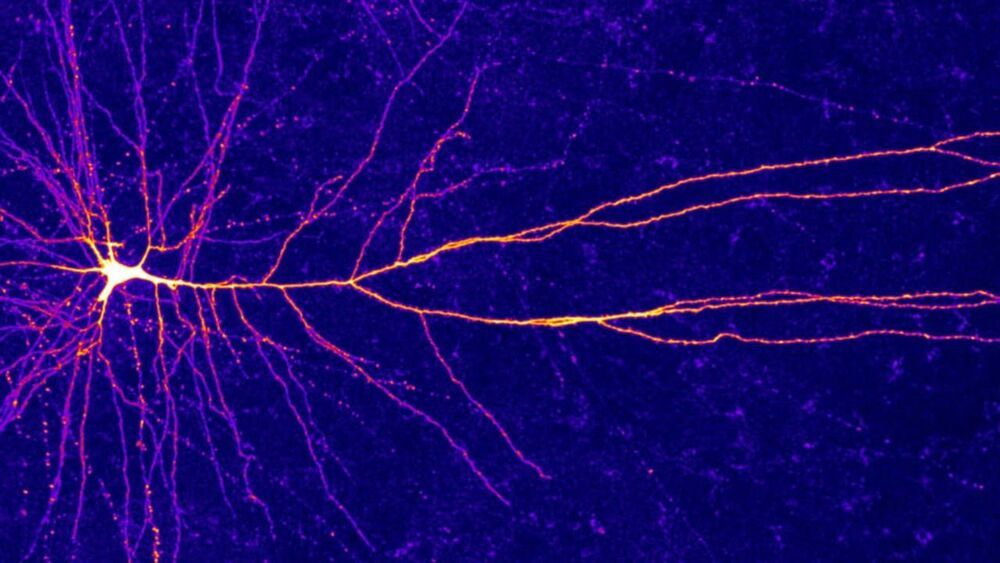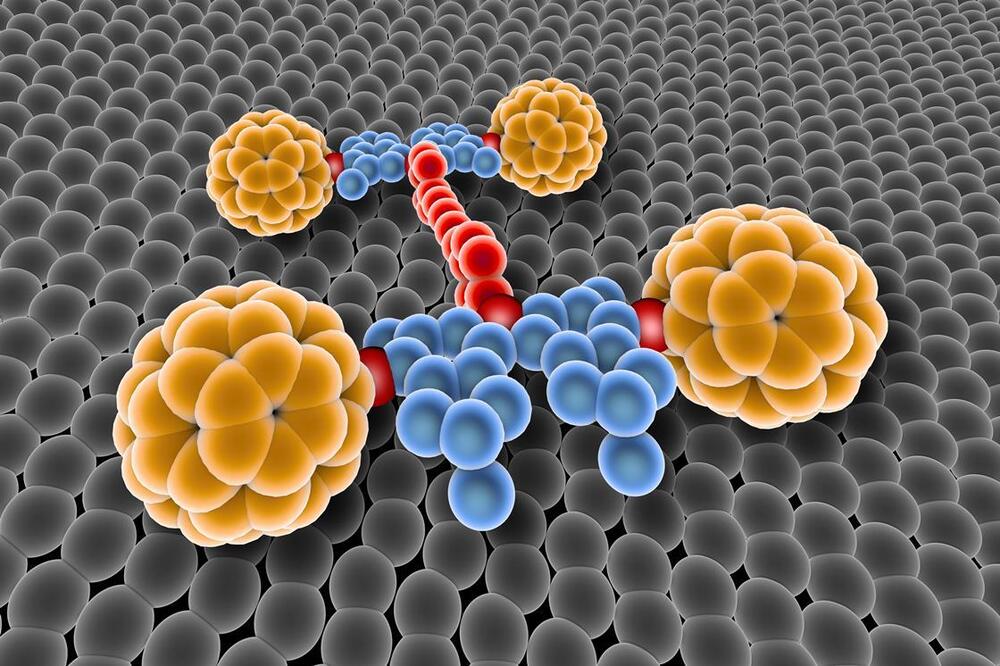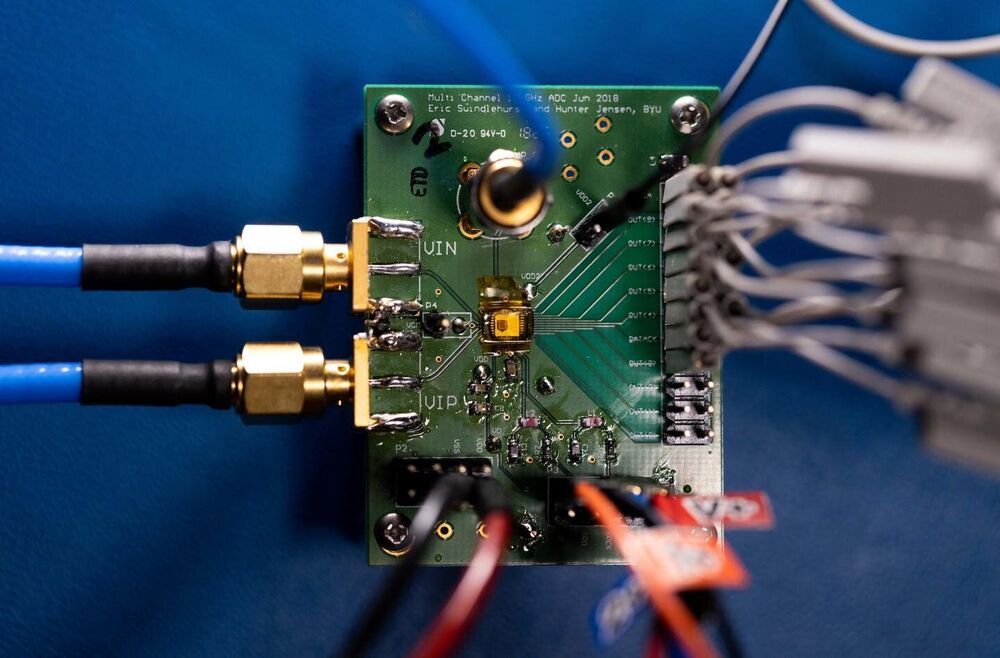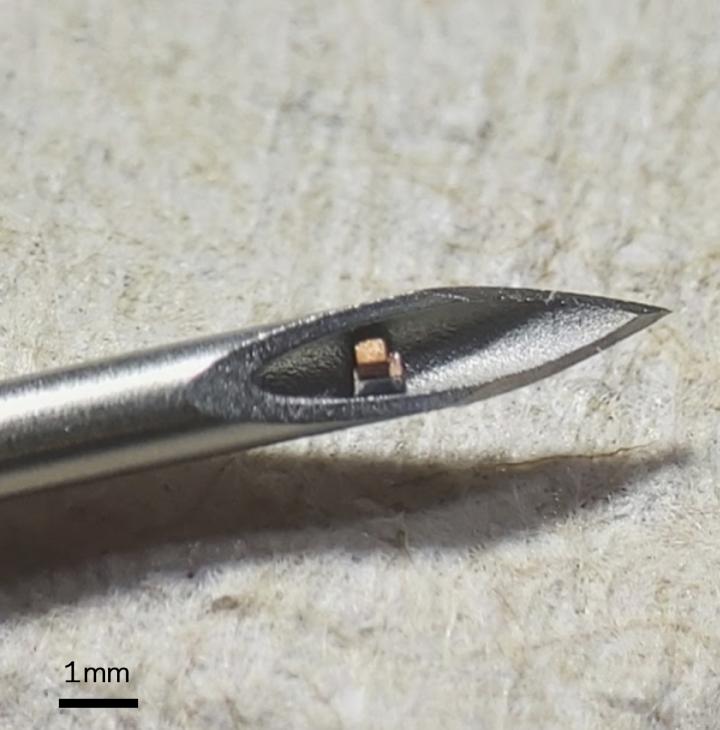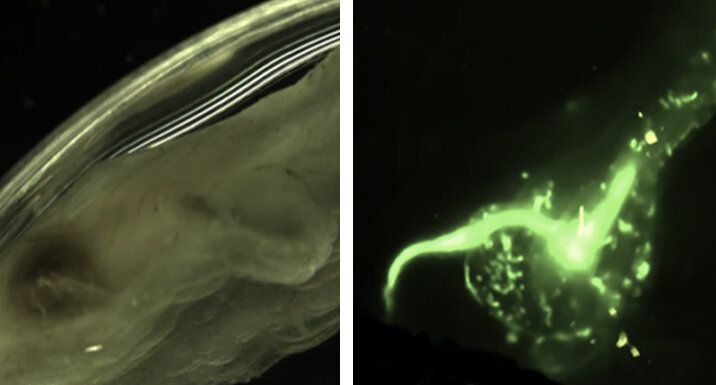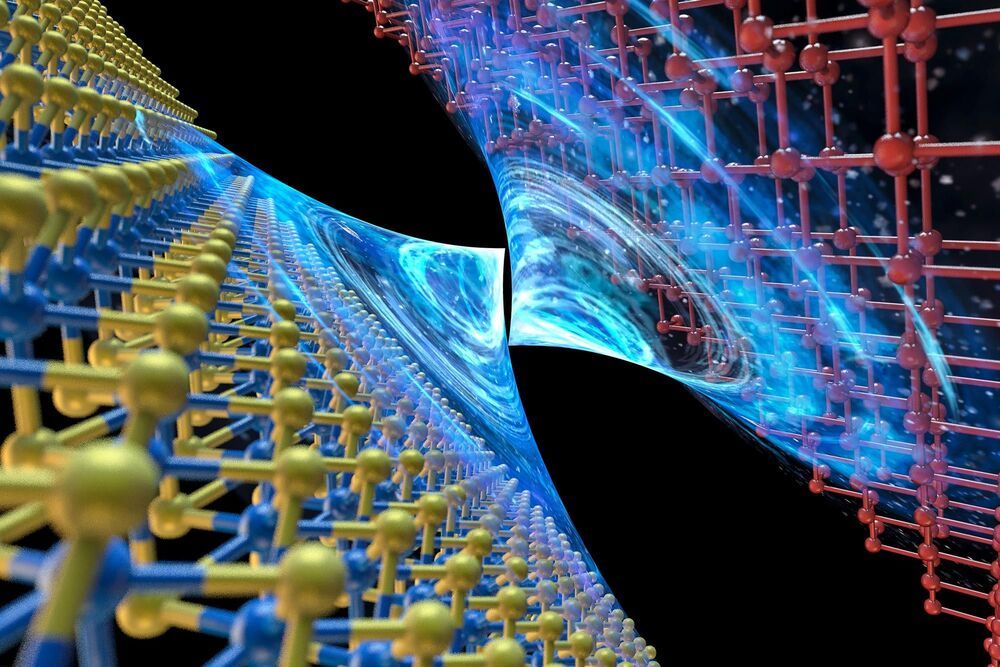May 26, 2021
Tartu researchers are turning soil into batteries
Posted by Quinn Sena in categories: computing, mobile phones, sustainability, transportation
Amazing: 3
The President of Estonia Kersti Kaljulaid at the Tartu University laboratory. Photo: Mattias Tammet / Office of the President of the Republic of Estonia.
As the world is running out of lithium, planet-friendlier batteries are waiting to hit the market. We are using up lithium, the essential metal in rechargeable batteries. Some experts estimate that there won’t be any lithium left by 2035, and some say that it may already disappear within four years. Who should lose sleep over this? Anyone with a smartphone, a laptop or an electric car. Without lithium, they would have to be plugged in at all times.
Continue reading “Tartu researchers are turning soil into batteries” »
